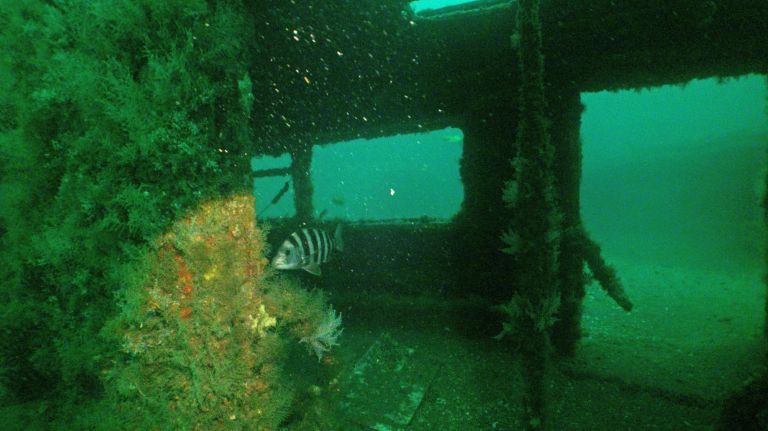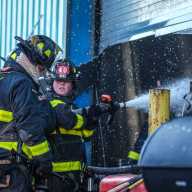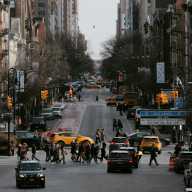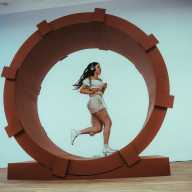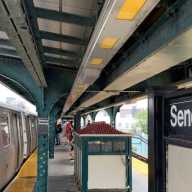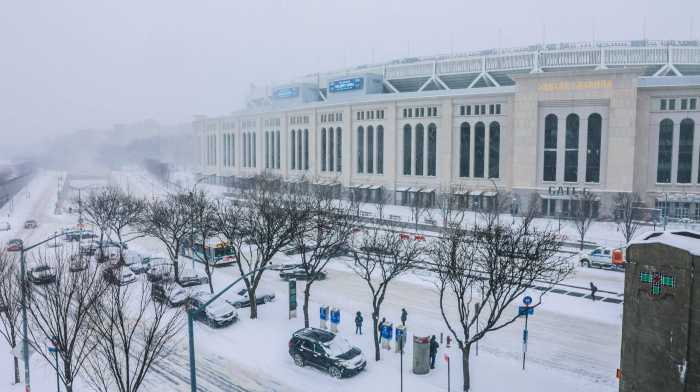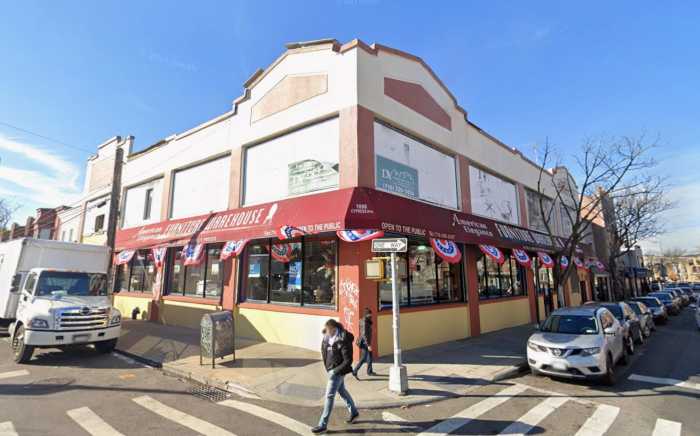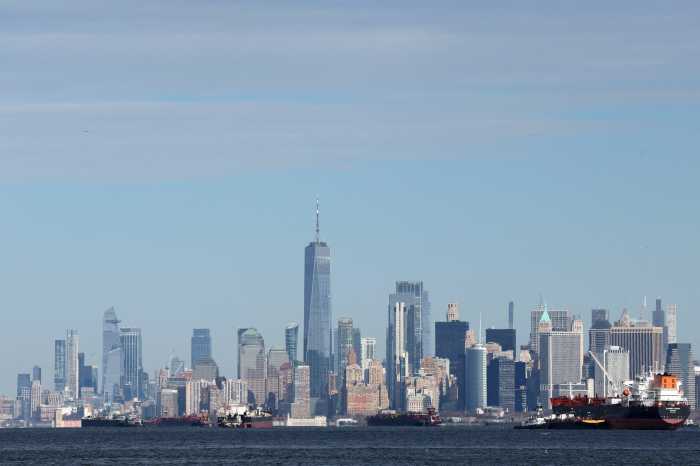
Photographer Stephen Mallon captured the surprising serenity and sadness of the MTA’s subway reefing program back in the late aughts.
On Wednesday, New Yorkers can catch another glimpse of Mallon’s work at The New York Transit Museum’s gallery space in Grand Central Terminal, where 19 of his context-warping photographs will be on display, free of charge, through June 16.
Faced with a large wave of trains coming out of service in 1999, the MTA decided to drop the cars into the Atlantic Ocean and turn them into artificial reefs. The program gave a second life to more than 2,500 decommissioned trains — models known as redbirds and brightliners — that now pepper the sea bottoms along the eastern seaboard, from New Jersey down to Georgia.

“I think there’s a multifaceted attachment to this: You’ve got this element of vertigo because you’re looking at the inside of a subway car as they’re thrown into the ocean and you remember holding on to that pole at some point during rush hour,” said Mallon. “So you’ve this sensibility; you’ve got the attachment of New York … and then also there is the whole isolation aspect of it.
“You’ve never seen these subway cars in this environment and presented like this,” said Mallon.
Since many New Yorkers are now familiar with Mallon’s images, which have made the rounds at galleries over the years and are fawned over online, the Transit Museum tried to bring new life to the work with its exhibition, titled “Sea Train.”
For starters, the museum has pulled previously unseen images from Mallon’s archives. And, unlike most previous exhibitions of the work, they’ve blown up many of the photographs to 40 x 60 prints. The size of the images, hung on ocean-blue gallery walls, help capture the essence of Mallon’s work and why the photos are so captivating.

“The tonality and the patina in the metal is so gorgeous and really beautiful to see at this size,” said Amy Hausmann, the museum’s senior curator.
“I was really interested in finding kind of abstract images,” Hausmann continued, referring to Mallon’s archives. “There are images of the cars stripped bare, which help you understand the complexity of the cars and the industrial beauty of this work."
The MTA reefed its trains from 2001 to 2010, drawing inspiration from other similar recycling programs. With so many deaccessioned trains to unload at once, the program actually saved the authority $30 million, according to Concetta Anne Bencivenga, the museum’s director. The MTA now more gradually decommissions trains, making the practice not as financially beneficial, she said.
“It creates a whole new life and economy for things like fishing and scuba,” Bencivenga said. “It was the right thing to do for the environment; it was the right thing to do financially.”



